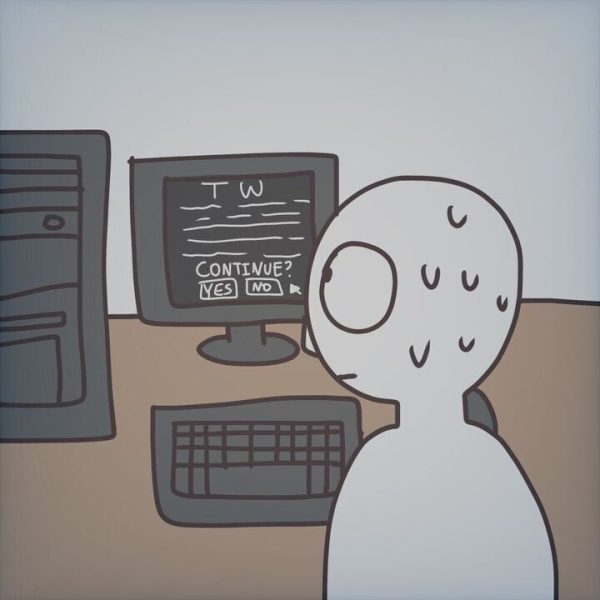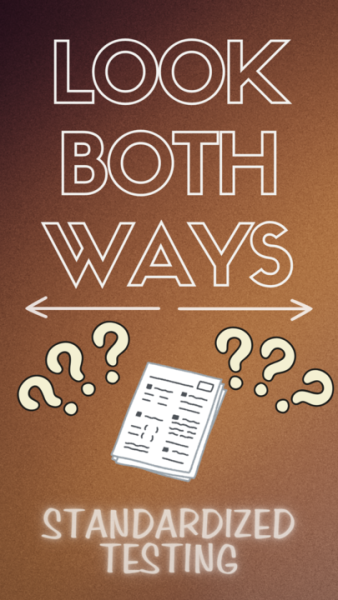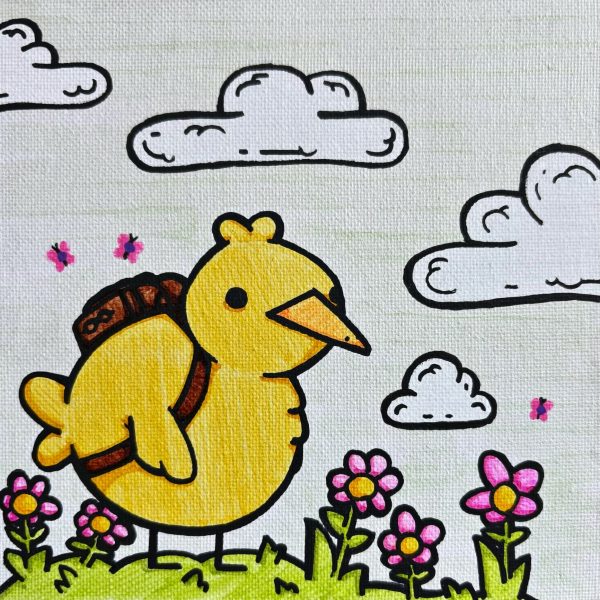Local college media needs to protect their free speech
February 1, 2007
Amidst the bustle of news this week, a very serious decision was made involving censorship of college student media. The student newspaper at Grambling State University in Louisiana was recently involved in some controversy when a faculty member tried to shut the paper down for “quality assurance” reasons. This is a serious problem because faculties at universities like this are trying to circumvent the First Amendment.
Unfortunately, this is just another chapter in a very long string of court decisions involving media censorship that stretch back many decades. The United States Supreme Court decided in 1988, via Hazelwood v. Kuhlmeier, that high school publications did not have unlimited First Amendment rights to publish content without prior approval from the school’s administration. College media was left virtually untouched until 2000, when Governors State University in Illinois was sued by student journalists after the school’s dean tried to hold issues until a school official had given approval of their contents.
According to the Student Press Law Center, a three-judge panel made a decision on April 10, 2003 that supported college press freedom. An 11-judge panel of the 7th U.S. Circuit Court of Appeals, however, handed down a decision on June 20, 2005 supporting the university and effectively hindering free press. The decision said the Supreme Court’s 1988 Hazelwood decision limiting high school student free expression rights could extend to college and university campuses. On Feb. 21, 2006, the U.S. Supreme Court refused to grant an appeal in the case.
Without defining the First Amendment rights college journalists are entitled to, the court said that in determining censorship issues, a college official must first determine if the publication is a “designated public forum” where students have been given the authority to make content decisions.
This is especially important to NIU because it affects public universities in Illinois, Indiana and Wisconsin. As far as the Star is concerned, it is independent from NIU in most ways, meaning the university cannot censor any of the paper’s content and cannot interfere with content decisions. This is, for the most part, because the paper does not receive any operating funds from student fees; all revenue is obtained from advertising. The Star also was designated a “limited public forum” about a year ago, which is an expressed agreement that designates the paper as free from any outside control from university faculty or staff.
The reason I provided this background information is to illustrate that NIU has a very unique position in that its student paper has more freedom, in a relative term, than many other universities across the nation. Granted, if there is no expressed statement or some type of agreement with the university like the Star has, the faculty is within their legal grounds to do this. The newspaper at Grambling State settled the matter and began to publish again today, but in an era where our First Amendment rights are continually being infringed upon, we cannot allow this to happen. I know some people disagree with the Star and how it is run, but would they really prefer us to just be a 16-page mouthpiece for the university everyday?












